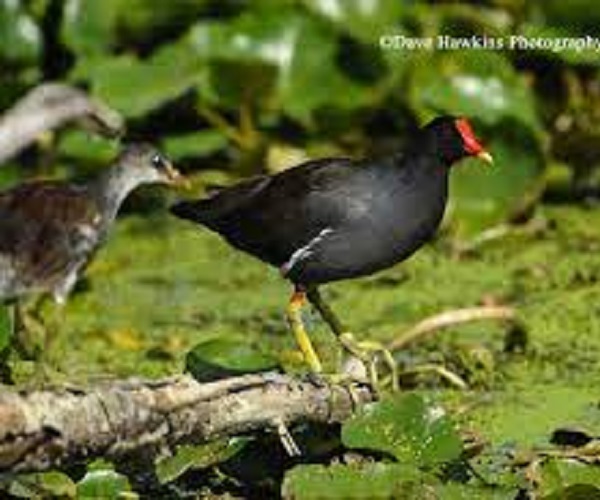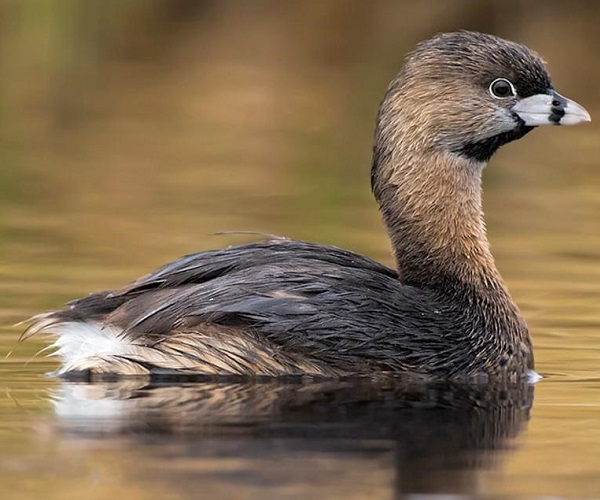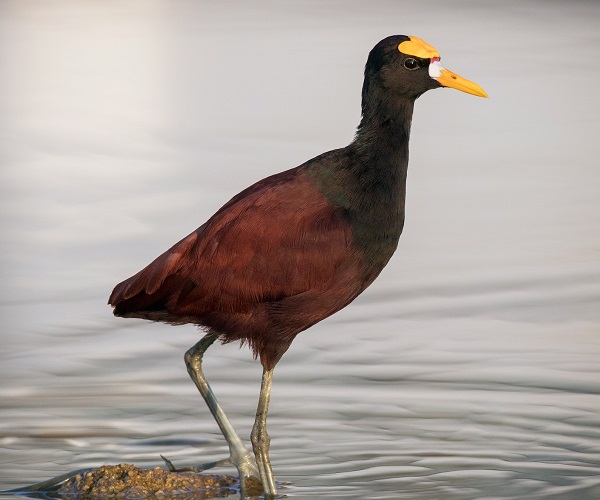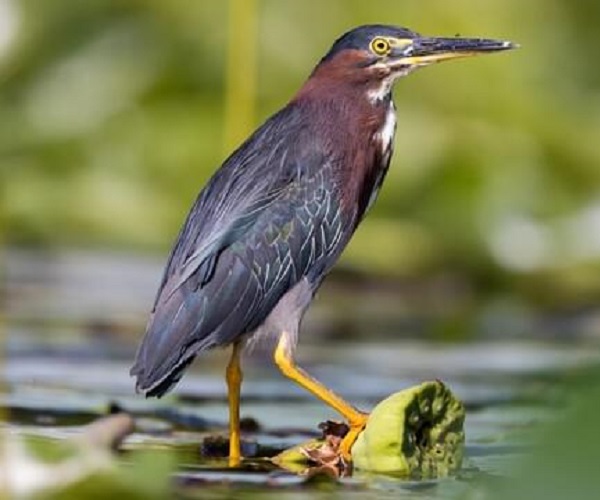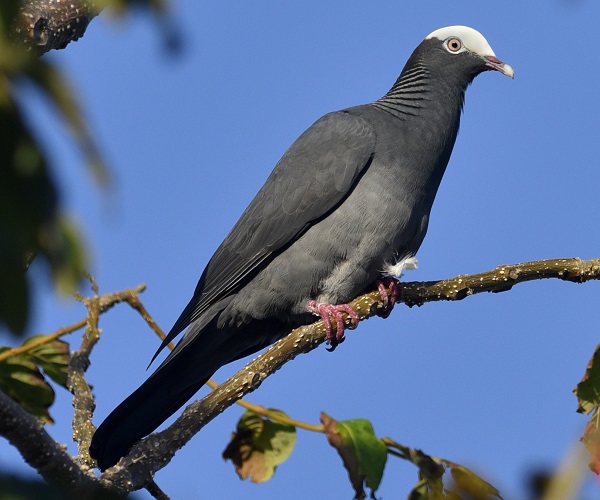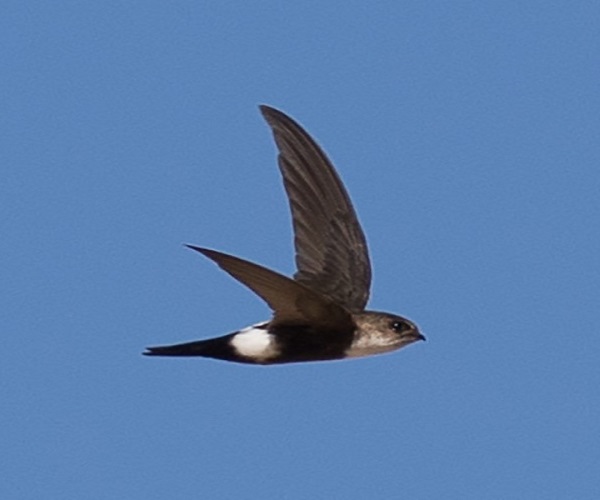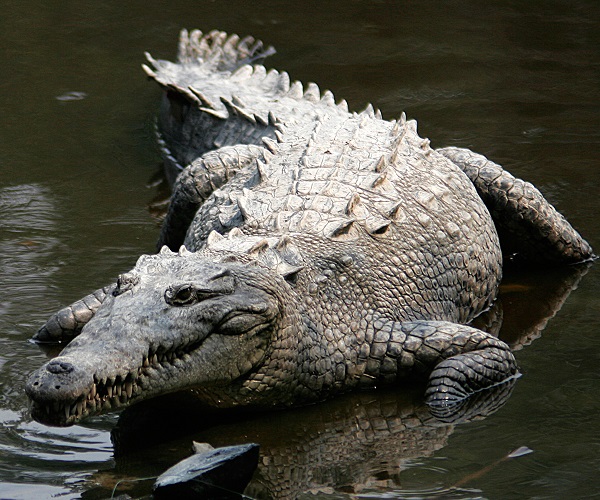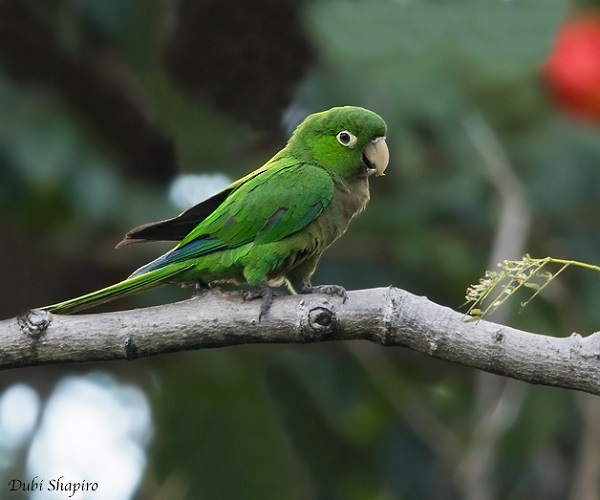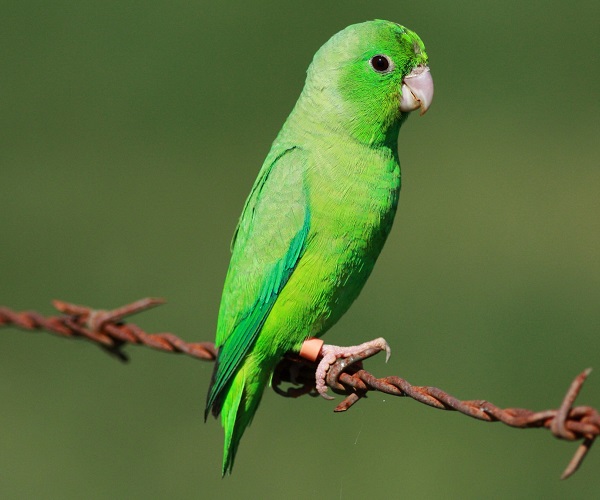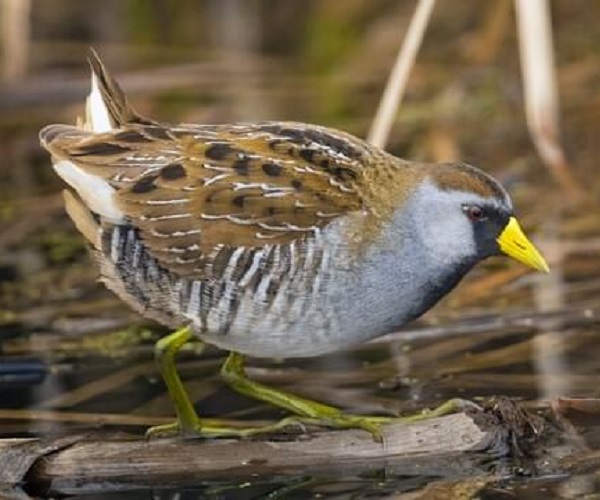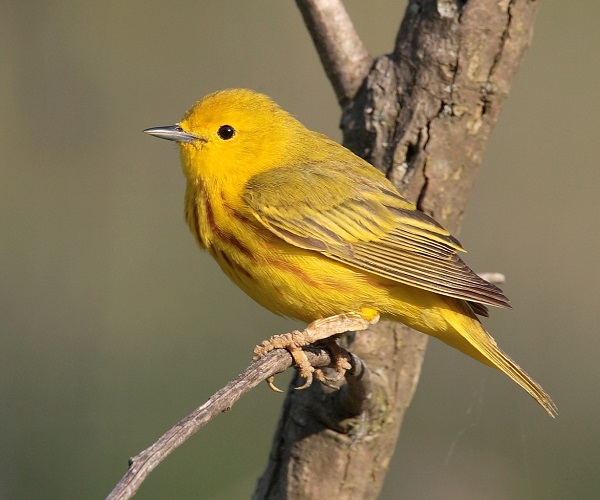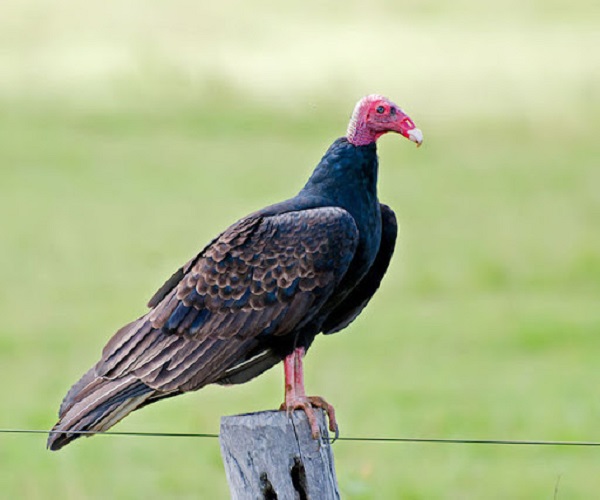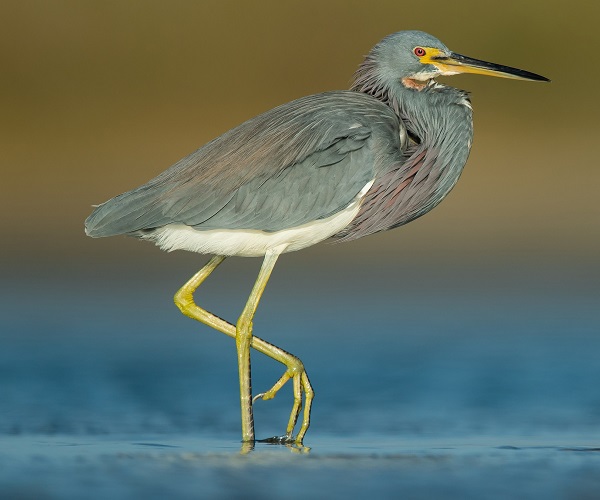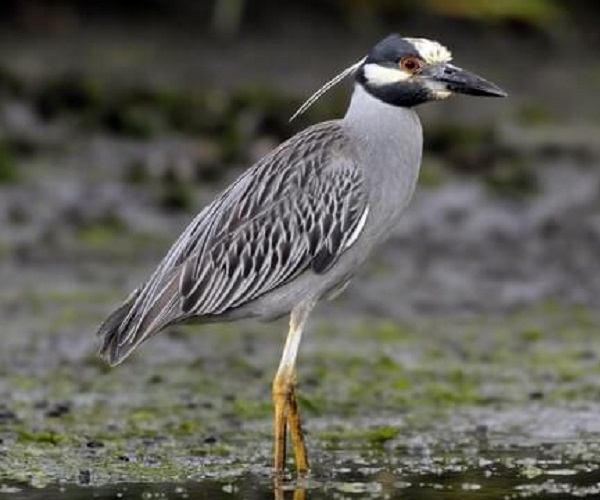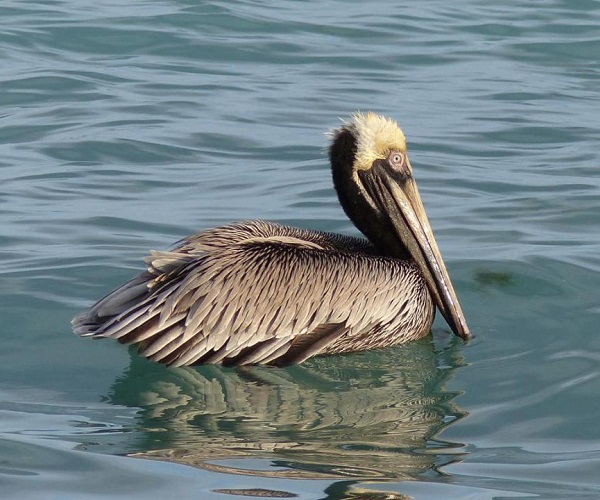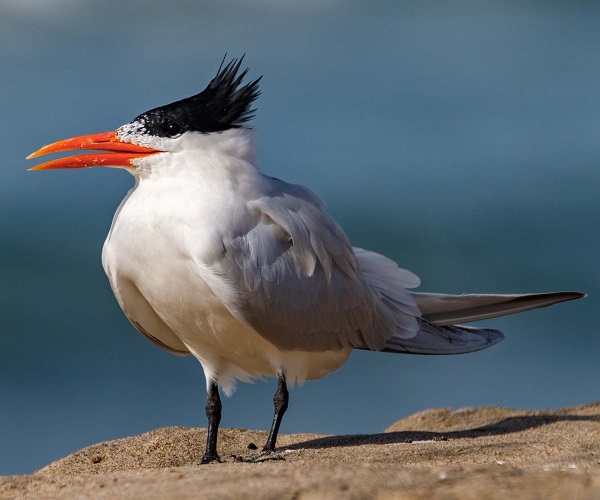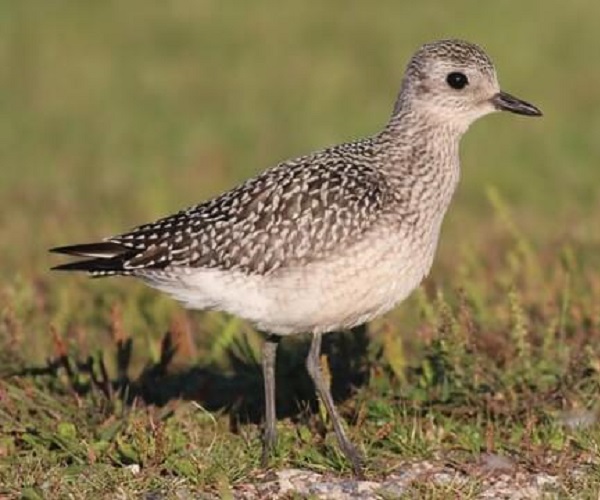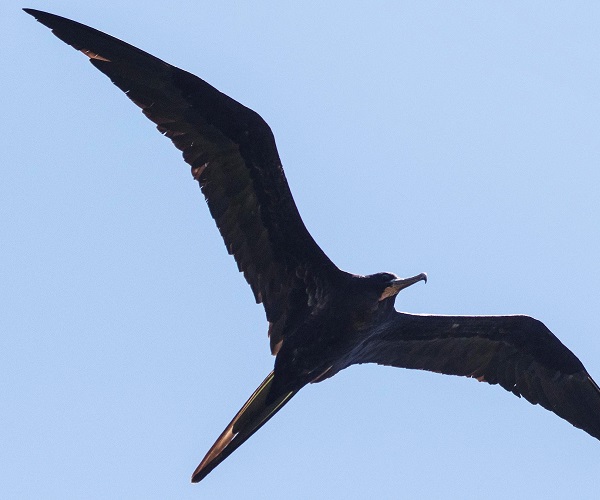Birds
Embark on a journey through the skies with our captivating photo collection showcasing the enchanting world of birds. Fauna, which includes birds, encompasses the diverse array of animal life found in ecosystems across the globe. Birds, characterized by their feathers, beaks, and ability to fly, inhabit every continent and habitat, from towering mountain peaks to sprawling urban landscapes. These feathered marvels play vital roles in pollination, seed dispersal, and pest control, contributing to the health and balance of ecosystems worldwide. Join us as we celebrate the beauty, grace, and remarkable diversity of avian fauna, each species a testament to the wonders of the natural world.
Common Gallinules (Gallinula galeata)
Many birds can be found living in Phragmites which forms a green wall along the river.
The Common Gallinule (Water Hen) uses the reeds for cover and nest-building. The dark grey or black bird has a yellow-tipped red beak and a red frontal shield on its forehead. They swim along the edges of the river feeding on aquatic plants, insects, worms and snails. When disturbed they fly up from the water, noisily seeking cover in the reeds.
Pied-billed Grebe (Podilymbus podiceps)
The Pied-billed Grebe (Diving Dapper) is a small secretive bird that resembles a duck, except for its pointed bill. This bird rarely flies, preferring to swim or dive under water to escape disturbance.
Grebes feed on fish and invertebrates which live in and around aquatic vegetation in the river.
Northern Jacana (Jacana spinosa)
The Northern Jacana is a cinnamon-coloured bird that has exceptionally long yellow toes which enable it to walk on the floating mats of vegetation with ease.
When alarmed, the Jacana will fly for a short distance along the waterway, exposing brilliant yellow flight feathers on its wings. An interesting habit of this conspicuous bird is that it raises its wings after landing.
Shrimp, insect larvae, fish and plants are all part of the jacana’s varied diet as it feeds along the shore and surface of the river.
Green Heron (Butorides virescens)
This small bird has a dark brown neck and chest and dark green-blue feathers on the back. With short yellow or orange legs, the Green Heron stalks streams searching for small fish, crabs, shrimps and insects.
White-crowned Pigeon (Patagioenas leucocephala)
This is a large, dark pigeon with a white-capped head. They have short broad wings which enable them to fly swiftly through forest trees. They feed mostly on fruit and seeds but may sometimes eat insect and snails. They nests in coastal wetlands and forests.
Antillean Palm Swift (Tachornis phoenicobia)
In calm weather numbers of Antillean Palm Swifts may be seen swooping near the water surface to catch their insect prey. They are black and white beneath with a black band on the chest.
These small birds feed on mosquitoes and drink river water. Their nests are communal on the stem or underside of Sabal Palm leaves.
Jamaican Woodpecker (Melanerpes radiolatus)
The Jamaican Woodpecker is more often heard than seen. It is one of 24 species of birds found in Jamaica and nowhere else in the world. The woodpecker helps to maintain healthy forests by eating insect grubs which live on or in the trees.
Jamaican Parakeet (Eupsittula nana)
The Jamaica Parakeet, formally called Olive-Throated Parakeet can be distinguished from other parrots by their small size, 25cm (9-10 in.) and pointed tail. Like parrots and parrotlets, parakeets are brilliant green.
Green-rumped Parrotlet (Forpus passerines)
The Green-rumped Parrotlet is tiny, short-tailed and bright green.It was brought to Jamaica by man in the early twentieth century.It feeds on fruits and seeds and is sometimes a pest on crops.Noisy flocks of these birds may been seen in Canoe Valley.
Sora (Porzana Carolina)
This is a small, secretive bird that may only be seen in Canoe Valley between December and April when it is migrating between North America and South America.
Yellow Warbler (Setophaga petechia)
This bird can be seen on the riverbanks. It is a small, bright-coloured yellow bird usually seen on its own, searching for insects and spiders in the grass or reeds.
John Crow (Cathartes aura)
This bird can be seen at Round Hill in the late afternoon and probably in flocks soaring in the wind. They feed on dead animals and rubbish, helping remove smelly and unsanitary debris from the land.
Tricoloured Heron (Egretta tricolor)
This is a slender tri-coloured bird often seen hunting for fish along the edge of the river or on the floating mats of Ceratophyllum.
Yellow-Crowned Night Heron (Nyctanassa violacea)
In the evening you might see this bird along the edge of the mangroves or river bank.This bird sleeps during the day and feeds at night on crabs, shrimp, snails, insects and fish.
Brown Pelican (Pelecanus occidentalis)
This bird can be seen at the mouth of the river. A flock can sometimes been seen resting on the beach at the river mouth or gliding offshore searching for fish. Pelicans can dive from heights of 9 cm (30ft) to catch fish in their beaks and pouches.
Royal Tern (Thalasseus maximus)
The handsome grey-backed Royal Tern (Gullie) has a distinctive orange-yellow bill. It is often seen in small or medium-sized flocks, resting on the beach or diving for sprat in the sea.
Black-bellied Plover (Pluvialis squatarola)
This bird may be seen in the winter when its migrating and stops off at Jamaica’s beaches to feed on insects, crustaceans and other small marine animals.
Magnificent Frigatebird (Fregata magnificens)
Magnificent Frigate Birds can soar for long periods of time without flapping their wings. These large birds often feed by robbing other seabirds or their catch. Males appear black all over except during the breeding season, when they have a bright red throat-pouch.

